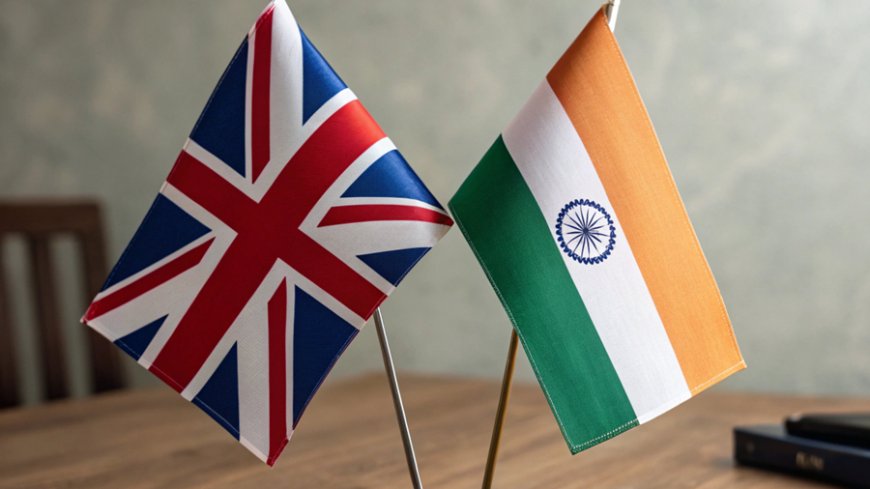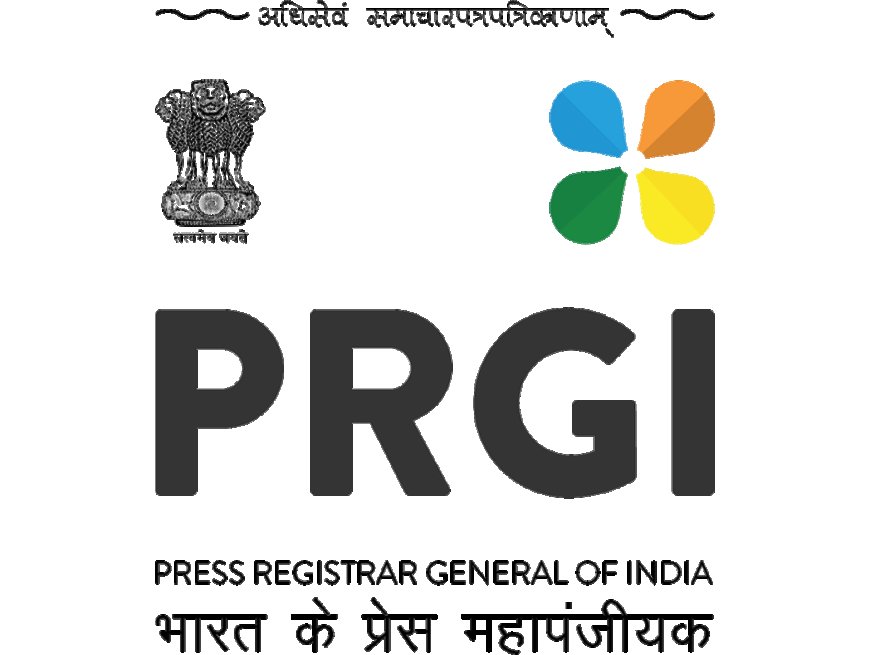India‑UK FTA: Eliminating 99% Tariffs Could Propel Bilateral Trade to $120 Billion by 2030
The new India–UK Free Trade Agreement removes tariffs on 99% of Indian exports, with sectors like textiles, IT services and auto components expected to fuel bilateral trade growth to $120 billion by 2030.

New Delhi / London, August 3, 2025 — India and the United Kingdom have formally signed a landmark Free Trade Agreement (FTA), a milestone intended to nearly double their bilateral trade to approximately US $120 billion by 2030, anchored in tariff removal across critical sectors such as textiles, information technology services and automotive components.
Unlike previous arrangements, this pact eliminates import duties on 99% of Indian export lines to the UK, offering unprecedented market access for labour-intensive industries, while providing phased tariff reductions for selected UK exports to India AP News+15India Briefing+15AInvest+15.
Tariff Wins for Indian Exporters
Under the new terms, Indian goods in apparel, gems and jewellery, marine products, engineering goods and processed foods now enjoy zero import tariffs into the UK—effectively rewriting competitive dynamics with rivals like Bangladesh, Vietnam and Pakistan India BriefingWikipedia.
Textiles and apparel alone, currently burdened by UK duties of 8–12%, could see export growth of 30–45% by 2030, infusing fresh vitality into hubs like Tiruppur, Surat, Moradabad and Ludhiana WikipediaThe Economic Times.
Services, IT and Auto Components
The agreement highlights services trade and mobility, allowing Indian IT professionals, chefs, musicians and wellness service providers temporary access to the UK, aligned with mutual recognition of qualifications.
Meanwhile, automotive components and engineering goods, which traditionally faced tariffs exceeding 100% in India, will be gradually slashed to approximately 10% under quota-based systems. UK exports of luxury vehicles and aerospace parts also benefit from phased reductions The Times of India+15Reuters+15mint+15.
Economic and Strategic Upside
The FTAs projected impact is substantial:
-
Trade volume is expected to surge from current levels (~US $23 billion) to US $120 billion by 2030, implying additional annual growth of nearly US $34 billion The Times of India+8AInvest+8The Economic Times+8India Briefing+1The Economic Times+1.
-
According to projections, this adds about 0.13% to India’s annual GDP growth—or an extra US $4.8 billion in output each year AInvest.
This outcome supports India’s broader economic ambitions, including the “Make in India” campaign and MSME export push.
Regional Impact and Sectoral Momentum
Industrial stakeholders in Punjab and Gujarat have welcomed the agreement. Gujarat’s industries minister emphasized that sectors like textiles, plastics and chemicals stand to gain directly from tariff cuts and improved logistics. Meanwhile in Punjab, leaders called it a transformative opportunity for MSMEs in textiles, garments, sports goods and agricultural produce such as basmati rice and cotton The Times of India.
Challenges and Multilateral Context
While hailed as ambitious, several caveats remain. The agreement excludes sensitive areas such as agriculture and financial services, and implementation will depend on parliamentary ratification in both nations, potentially delaying full enactment until mid‑2026 The Guardian.
Critics have highlighted transitional risks for Indian sectors facing sudden exposure to UK competition, and concerns linger over intellectual property norms and carbon taxation frameworks.
What This Means for Businesses
-
Market-ready exporters, especially in textiles, engineering and auto parts, must align with UK regulatory standards and product compliance to leverage tariff benefits effectively.
-
MSMEs based in export hubs should view the deal as a runway to scale up, particularly in product lines now duty-free.
-
Investors and trade analysts are tracking shifts in stock valuations in advance of expected export performance—especially in listed textile and engineering firms The Economic Times.
Conclusion
The India–UK FTA represents a strategic leap forward in trade relations, providing near-universal tariff-free access for Indian exports while opening new doors for services and investment flows. By positioning India as a competitive player in sectors such as textiles, IT services and auto components, the agreement aims to serve as a growth engine for both economies.
As both governments work toward ratification and practical rollout, businesses and policymakers must now focus on maximizing execution—ensuring that India seizes the projected benefits of rising trade and economic integration.









